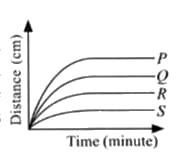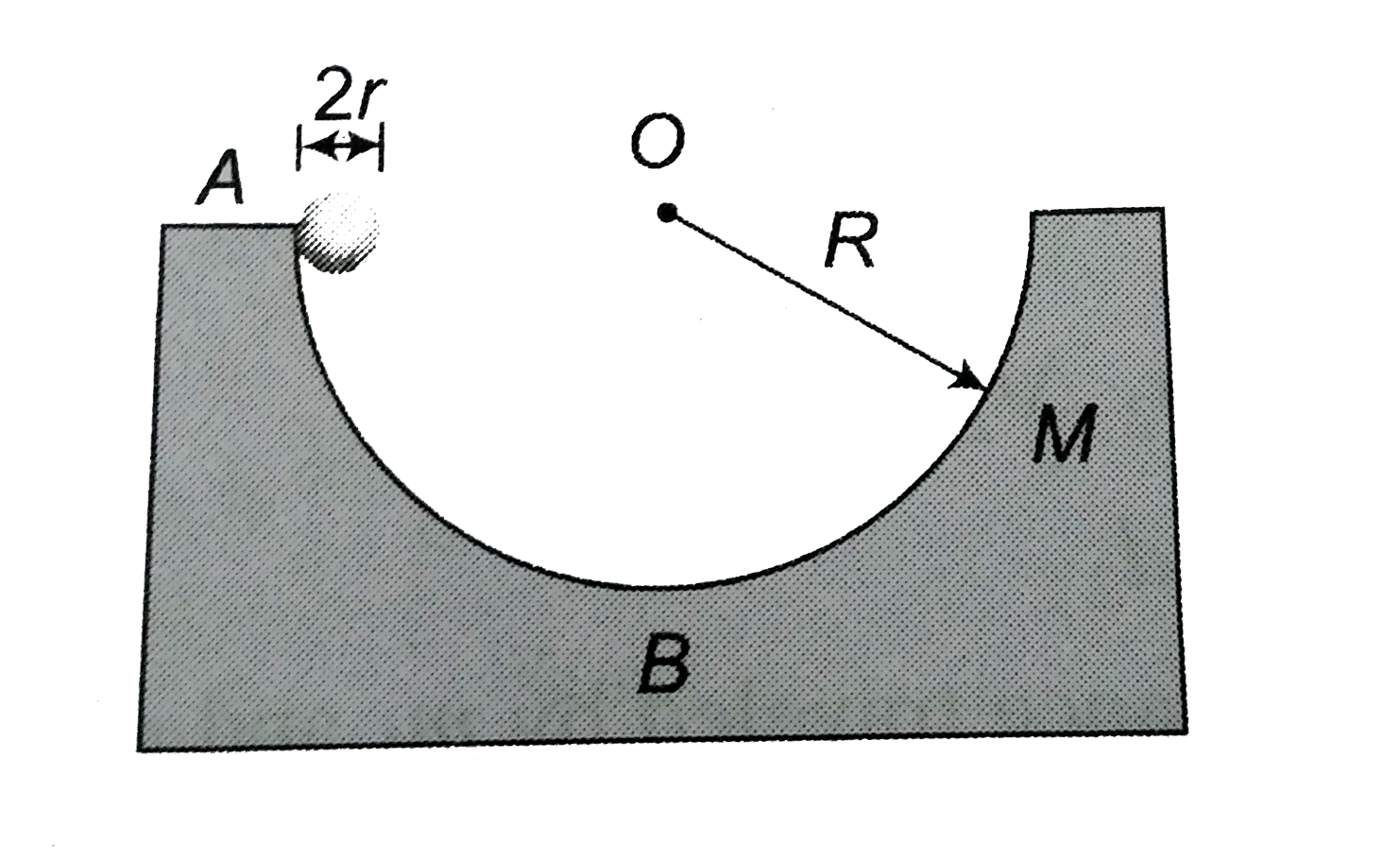A ball rolled on four wooden surfaces of different roughness when a similar push was applied on it. The graph shows the distance travelled by the ball on the surfaces over time
Which of the following conclusion is/are correct?
(i) Different magnitudes of the friction were produced when the ball was rolling on different wooden surfaces.
(ii) Surface Q is rougher than surface R.
(iii) Surface S has the least roughness.

A
{i) only
B
(ii) only
C
(iii) only
D
(i) and (iii) only
Video Solution
Text Solution
The correct Answer is:A
The magnitude of friction depends upon the nature of the surface.
The more will be roughness of the surface, lesser will be the distance travelled by the ball.
∴ S has the most and P has the least roughness.
|
Topper's Solved these Questions
- NSO QUESTION PAPER 2017-18 SET-BBOOK - SCIENCE OLYMPIAD FOUNDATION CHAPTER - NSO QUESTION PAPER 2017-18 SET-BEXERCISE - ACHIEVERS SECTION
3 Videos
- NSO QUESTION PAPER 2017-18 SET-ABOOK - SCIENCE OLYMPIAD FOUNDATION CHAPTER - NSO QUESTION PAPER 2017-18 SET-AEXERCISE - ACHIEVERS SECTION
3 Videos
- NSO QUESTION PAPER 2018- 19 SET - ABOOK - SCIENCE OLYMPIAD FOUNDATION CHAPTER - NSO QUESTION PAPER 2018- 19 SET - AEXERCISE - SCIENCE
9 Videos
Similar Questions
Knowledge Check
When person cycling on rough horizontal surface then which of the following are correct
AFriction on front wheel is towards leftBFriction on front wheel is towards rightCFriction on rear wheel towards rightDFriction on rear wheel towards leftWhich of the following is correct , when a person walks on the rough surface.
AThe frictional force exerted by the force keeps him moving.BThe force which the man exerts on the floor keeps him moving.CThe reaction of the force which the man exerts on the surface keeps him moving.DNone of the aboveIn the above question, the time taken by the ball to come again to the water surface is
A2 sB4 sC6 sD8 s
Rubbing sandpaper reduces/increases friction on a wooden surface.
View SolutionWhen a cicycle travels on a rough surface, its speed
View SolutionWhen a cicycle travels on a rough surface, its speed
View SolutionA rigid ball rolls without slipping on a surface shown below.

Which one of the following is the most likely representation of the distance traveled by the ball vs time graph?
View Solution______is friction that acts on objects when they are rolling over a surface. This is much weaker than sliding friction
View Solution

